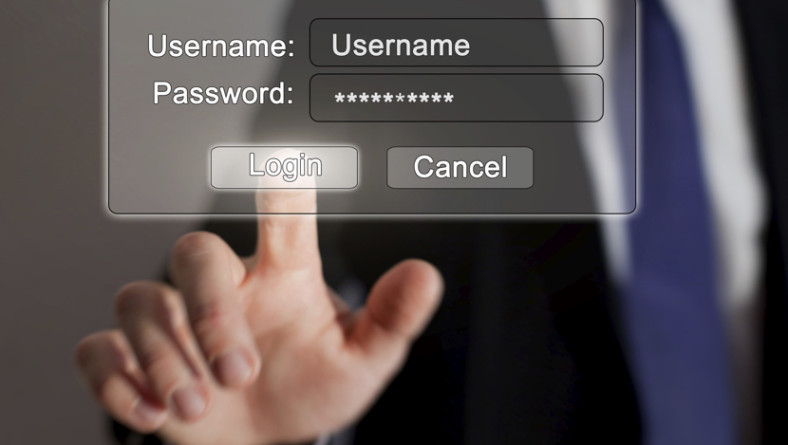Try as we may, it is next to impossible to have one username and one password. I have a notebook with four pages of usernames and passwords, and I know I am not alone. Yet, sometimes even that does not work. Recently, I could not log on to my university’s alumni website because the login information had changed, and I must not have updated my notebook.
Of course, a solution to my list of usernames and passwords could be to use the same username and password everywhere I visit on the web. The downside of this is risk. If one account gets hacked, then my username and password can be used everywhere I go or have been. What would otherwise have been an inconvenience would become a disaster. Better to have the reference book.
Stay with paper
Most of us (70% to 80%) minimize the need for keeping track of usernames and passwords by continuing to get paper statements/bills and calling customer support whenever necessary, rather than logging on to the mailer’s website. It’s just not worth the extra effort to go online, find the login credentials and then fetch the documents. Paper and phone calls are fine. In addition, to make mail more customer friendly, the Postal Service is testing a service that will let you know what mail is coming to you and when it will arrive.
Use technology
There are software tools available for desktops and mobile devices, which can be used to store and encrypt login credentials for all of your accounts and websites. If you are ambitious, and want to go the trouble, you can create your own digital listing in a Word document, which can be encrypted. Just don’t forget the password for your cheat sheet or software tool.
Use PUSH email
Transactional documents can be sent to recipients as an encrypted PDF email attachment. By using a shared secret (something the receiver readily knows), a high level of security can be combined with convenience. Without having to go to a reference book, users can simply answer a question that they should know the answer to. The document will be decrypted offline. There is no need to visit a website just to see your bill, statement or other documents.
Use the iPhone Wallet or Android Pay
Both Apple and Google have upgraded their mobile device wallets. Bills and statements can be conveniently presented in your iPhone’s Wallet or your Android’s Google Pay. These apps are simple, and you don’t even have to leave your phone to view and, if necessary, pay your bill.
Where will this all end? The problem of multiple usernames and passwords will only be solved when there is a universal standard, which enables businesses to be 100% confident that “you are who you say you are.” Without that, businesses will focus on are.” Without that, businesses will focus on solving their own needs, not those of the customer. The result will be the continued slow adoption of conventional (PULL) paperless solutions, and businesses will continue to mail too much paper.


No Comment
You can post first response comment.